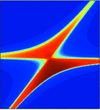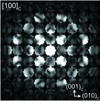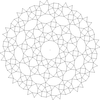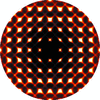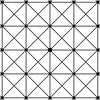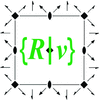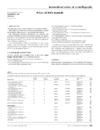issue contents
November 2014 issue

Cover illustration: The X-ray constrained extremely localized molecular orbital (XC-ELMO) technique combines the quantum-mechanical rigour of wavefunctions with the easy chemical interpretability of multipole models. Here the effects of constraining ELMO wavefunctions to X-ray structure-factor amplitudes is shown for two basis sets (left: ELMO, right: XC-ELMO deformation densities) [Dos Santos et al. (2014). Acta Cryst. A70, 532-551].
advances
scientific commentaries

research papers


foundations
research papers
 access
accessshort communications


addenda and errata

Density functional calculations of polysynthetic Brazil twinning in α-quartz. Corrigenda and addenda

international union of crystallography



 journal menu
journal menu
















